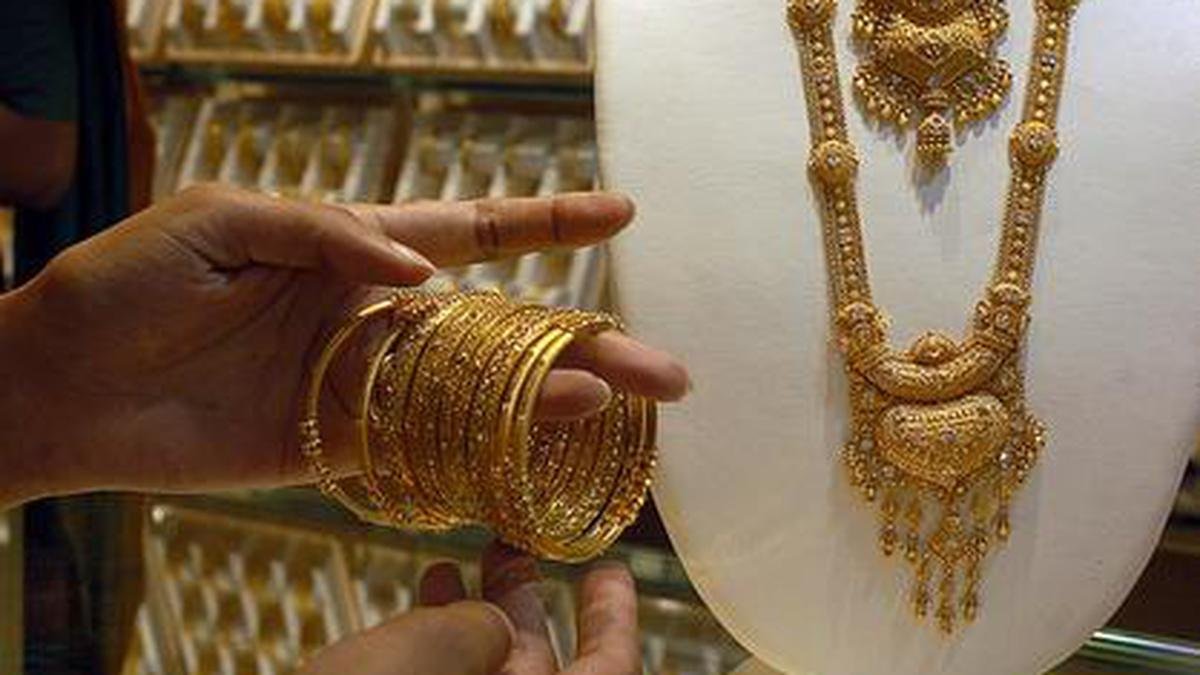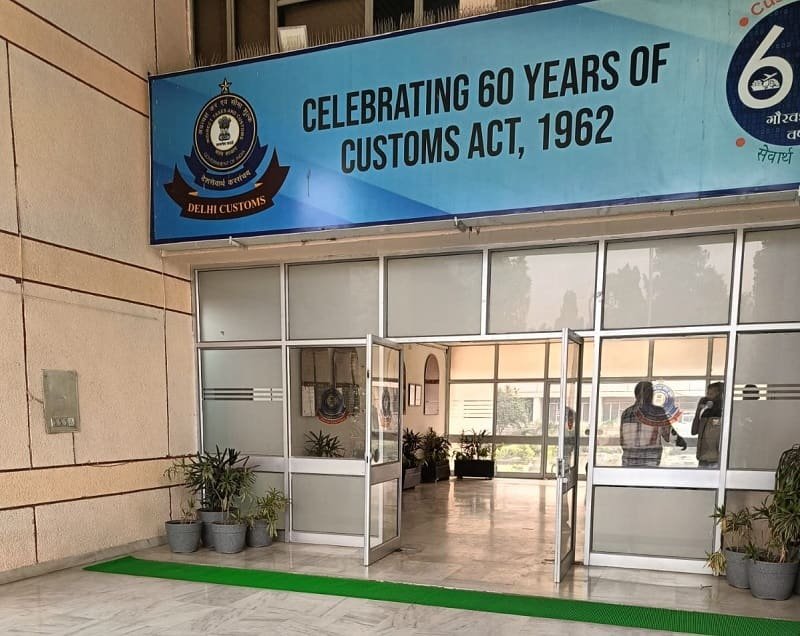Delhi High Court Directs Customs to Ensure No Harassment Over Personal Jewellery
In a significant directive aimed at protecting air travelers from unnecessary detention of personal jewellery, the Delhi High Court has urged the Customs Department to ensure that passengers are not harassed over their belongings. A bench comprising Justices Prathiba M Singh and Rajneesh Kumar Gupta passed the direction after being informed by the Customs authorities that a detailed stakeholder consultation is currently being conducted by the Central Board of Indirect Taxes and Customs (CBIC) for amending the Baggage Rules. The authorities sought additional time for implementing necessary changes.
Hearing on Detention of Personal Effects by Customs
The Court was addressing a batch of over 30 petitions challenging the Customs Department’s procedure for detaining goods belonging to tourists, including both Indian and foreign nationals. The frequent seizure of personal effects, including jewellery, has caused significant distress among travelers, prompting judicial intervention.
Customs Department’s Stand on Baggage Rules
A short affidavit dated March 26, 2025, was submitted by the Union of India (Respondent No. 1) and taken on record by the Court. The Customs Department clarified that an extensive consultation process is in progress involving various ministries, including the Ministry of Tourism, Ministry of Culture, Ministry of External Affairs, and Directorate General of Foreign Trade. Additional inputs have also been sought from Customs formations at major airports and the Directorate of Revenue Intelligence.
While awaiting necessary amendments to the Baggage Rules, the Customs Department assured the Court that interim measures are being implemented to ease passenger inconvenience.
Interim Measures by the Customs Department
The Customs Department outlined several steps to improve transparency and minimize passenger grievances. These include:
1. Issuance of Detention Receipts
The detention receipts shall now include:
- Passenger details, including phone number, WhatsApp number, email address, and residential address.
- Details of the seized items, including their number and net weight.
- Date and time of detention.
- Signatures of both the passenger and the detaining Customs official, along with the official’s designation.
2. Oral Show Cause Notices (SCN) and Personal Hearing Waivers
Under Section 124 of the Customs Act, oral SCNs are permissible. However, the pre-printed waiver forms for SCN and personal hearings have been discontinued by the Customs Department to ensure fairer proceedings.
3. Detention of Personal Jewellery for Foreign Travelers
For foreign travelers, including foreign passport holders or residence permit holders, personal effects such as jewellery shall not be detained if declared in the ‘Red Channel’ and if the traveler undertakes to re-export them.
Directions from the Delhi High Court
Acknowledging the need for regulatory amendments, the Delhi High Court directed the Customs Department to undertake sensitization initiatives to prevent the unnecessary detention of personal jewellery, including that of Indian travelers. Customs officials must ensure that old, used, or worn jewellery is not seized arbitrarily, thereby preventing undue harassment to travelers entering India.
The Court further ordered that if the Baggage Rules cannot be amended by the next hearing, the Customs Department must submit a Standard Operating Procedure (SOP) to govern interim practices. The CBIC and relevant stakeholders were also instructed to consider the following measures:
- Standardizing the process for recording passenger statements under Section 108 of the Customs Act.
- Simplifying the procedures for the appraisal and disposal of detained items.
The respondents have been directed to submit a further affidavit along with the draft SOP by the next hearing date. This ruling marks a significant step towards ensuring a hassle-free travel experience for both domestic and international passengers entering India.
Advocate Ashish Panday represented the petitioner and led the batch of writ petitions.



![Tax Law Internship Opportunity at Legum Attorney [Chamber of Ashish Panday], Delhi [Tax Litigation]: Apply by 2nd November](https://www.ourlegalworld.com/wp-content/uploads/2024/10/Legum-Attorney-Intern.png)



